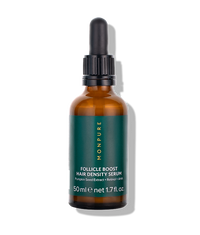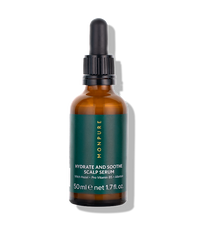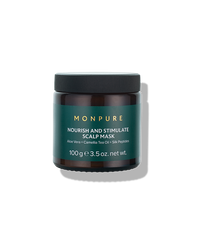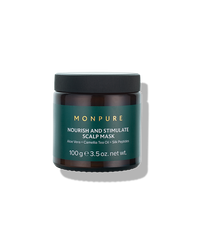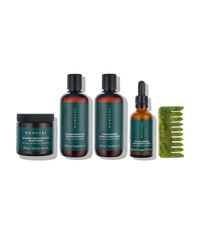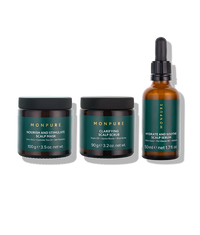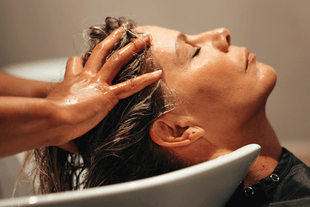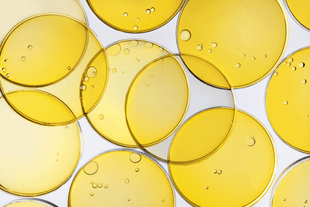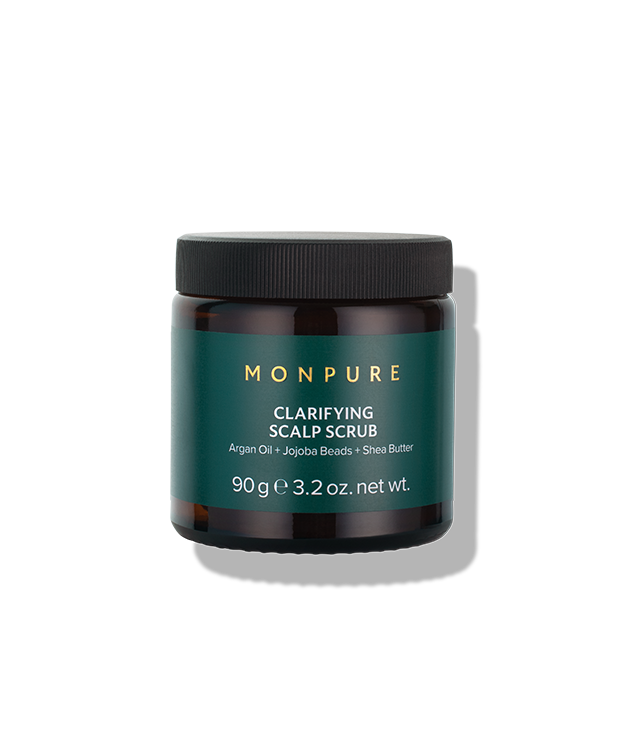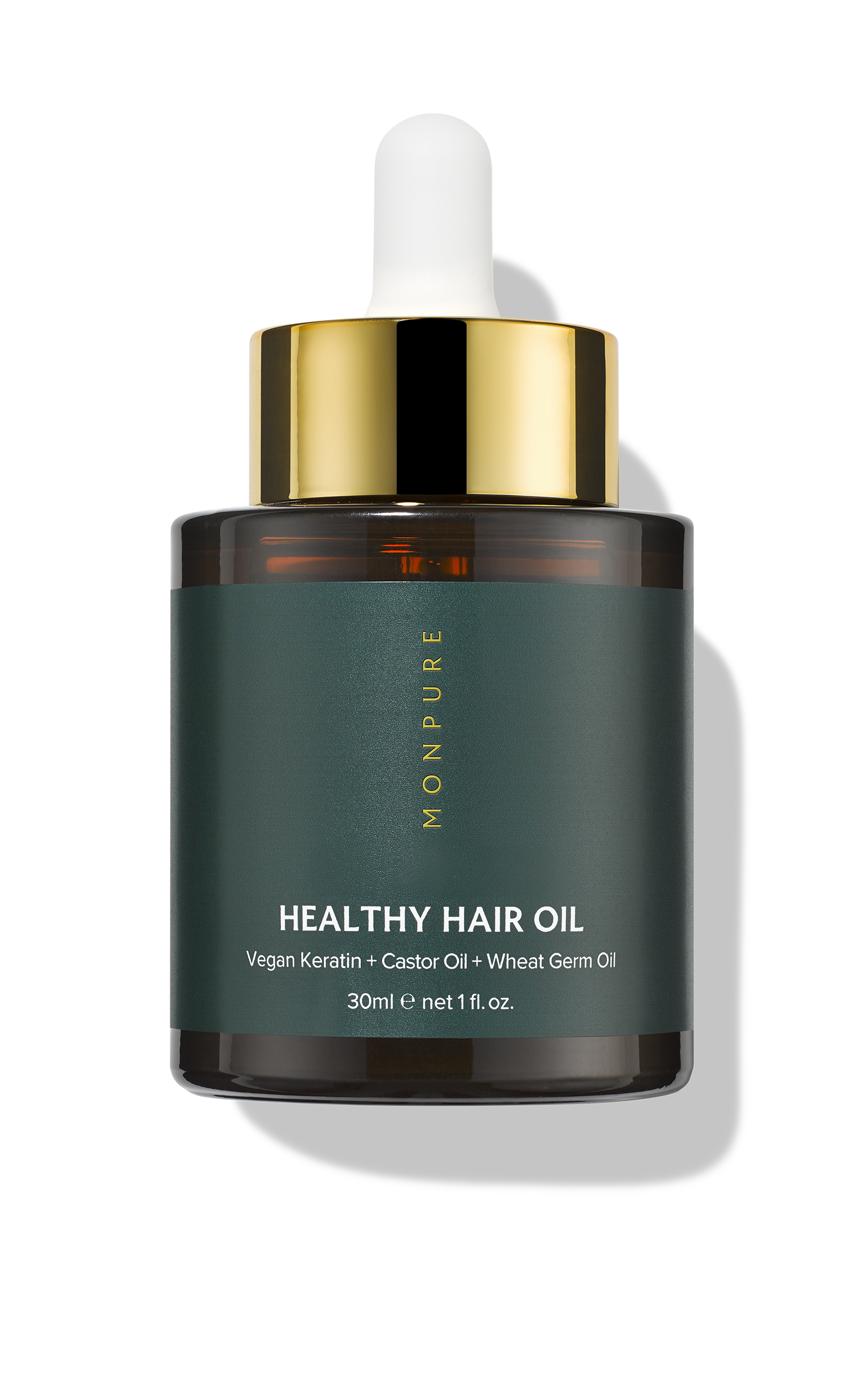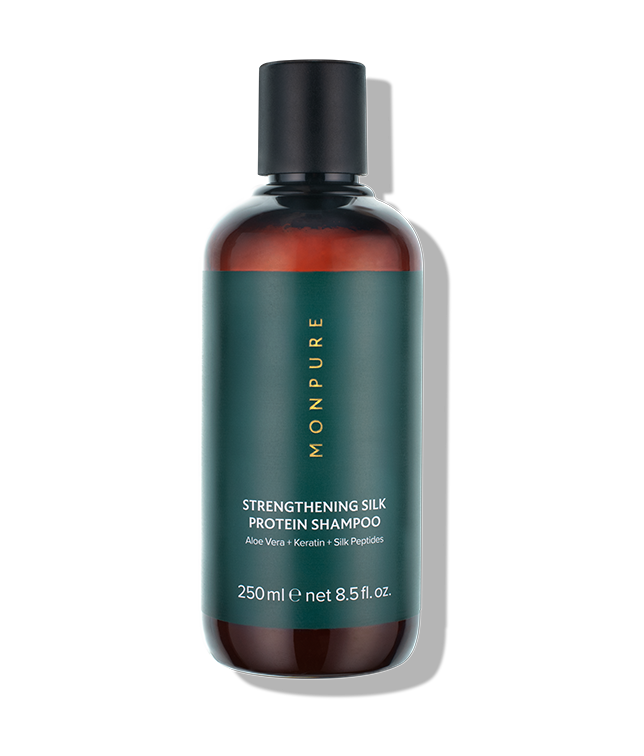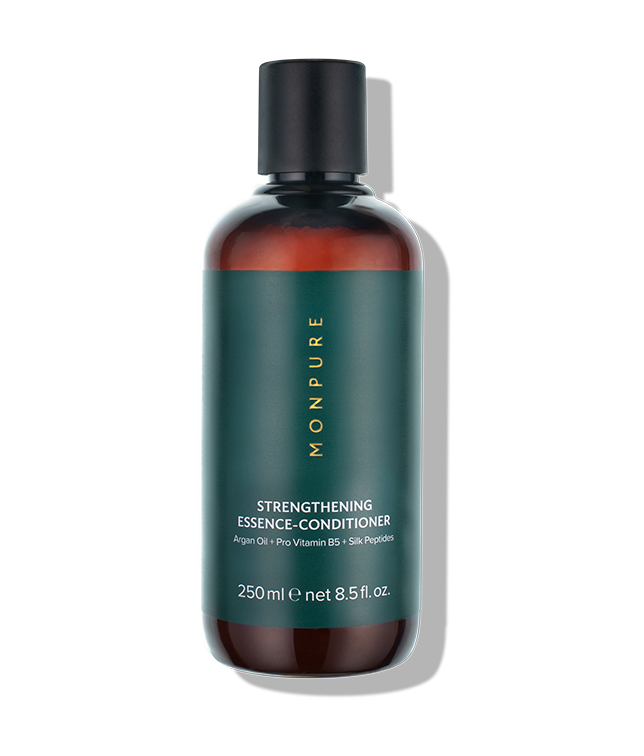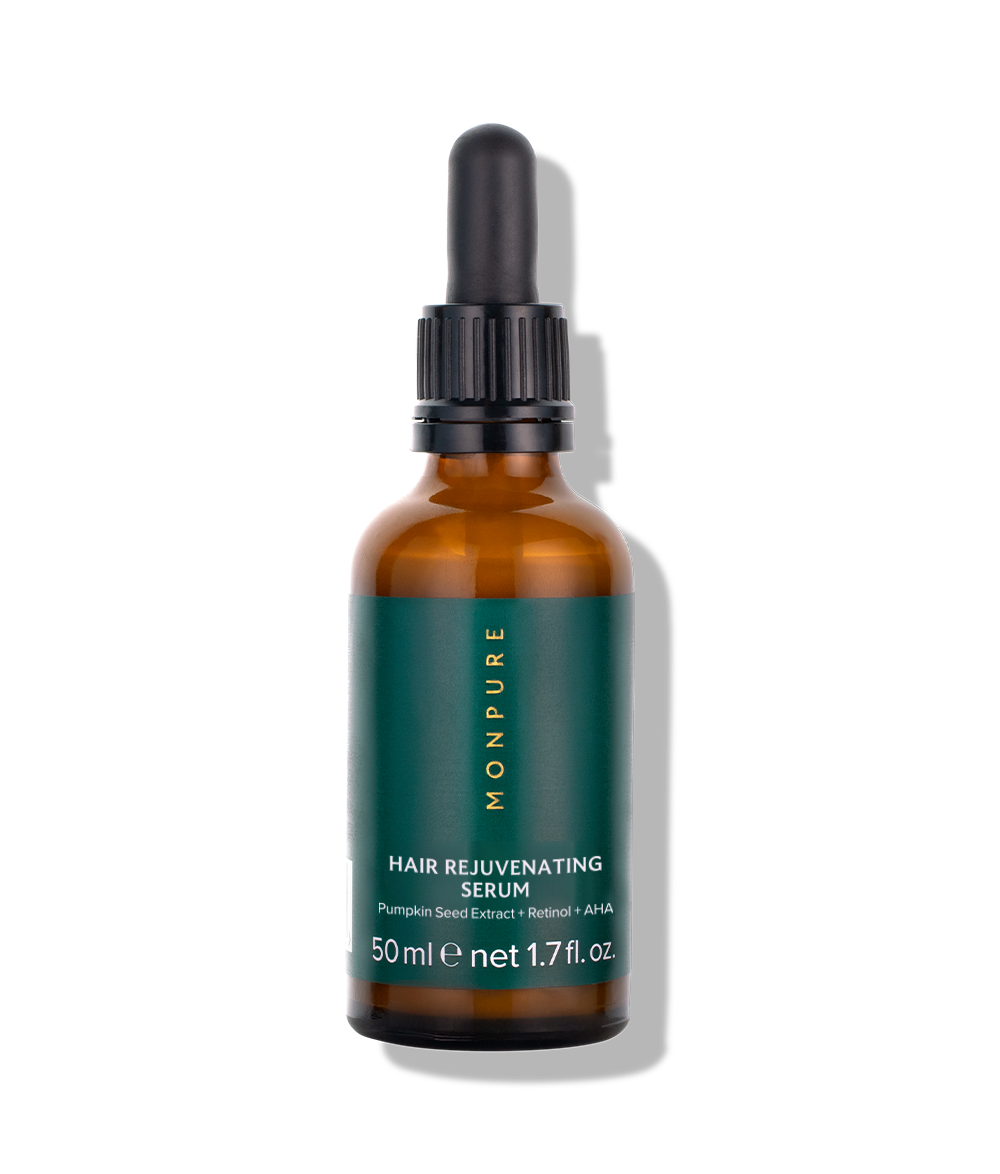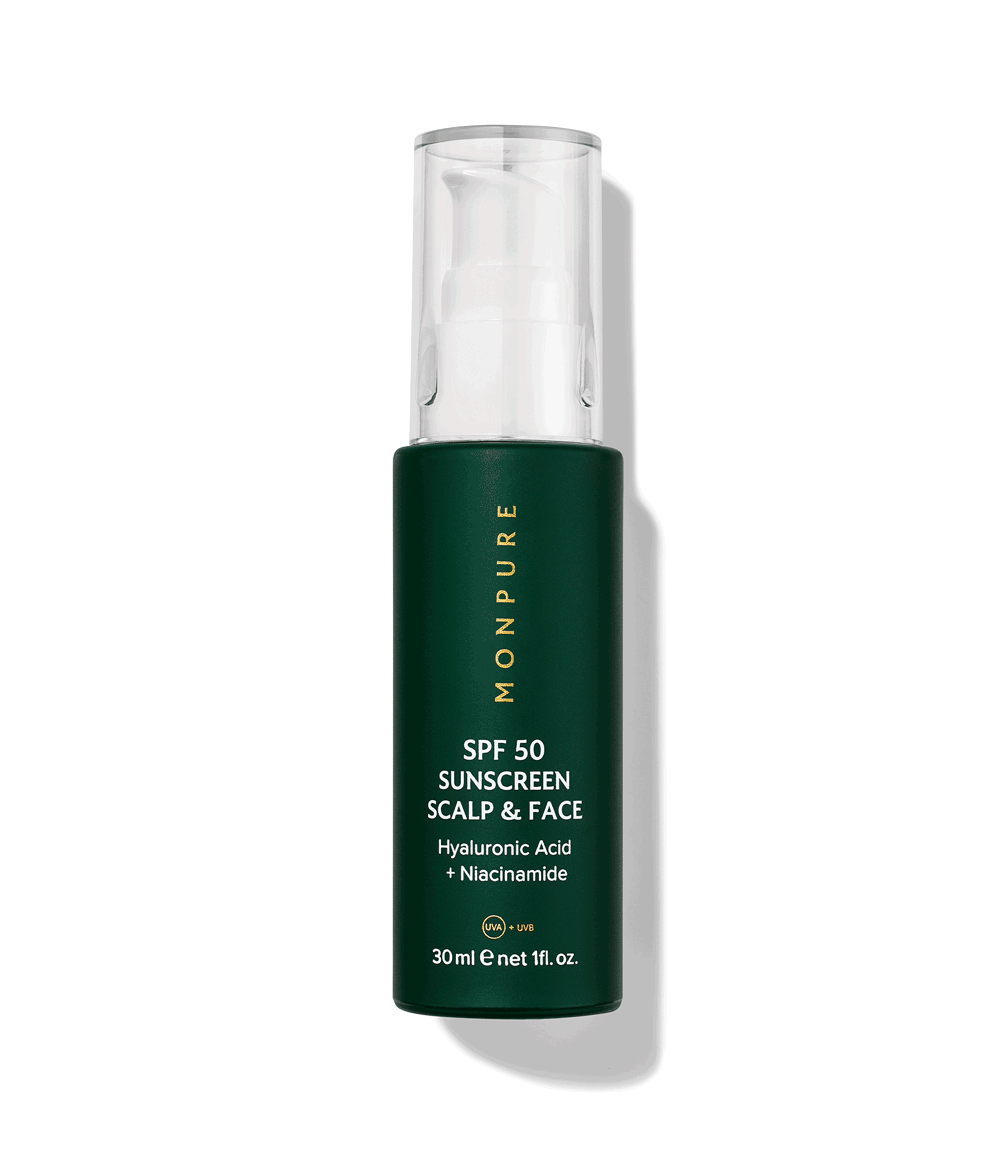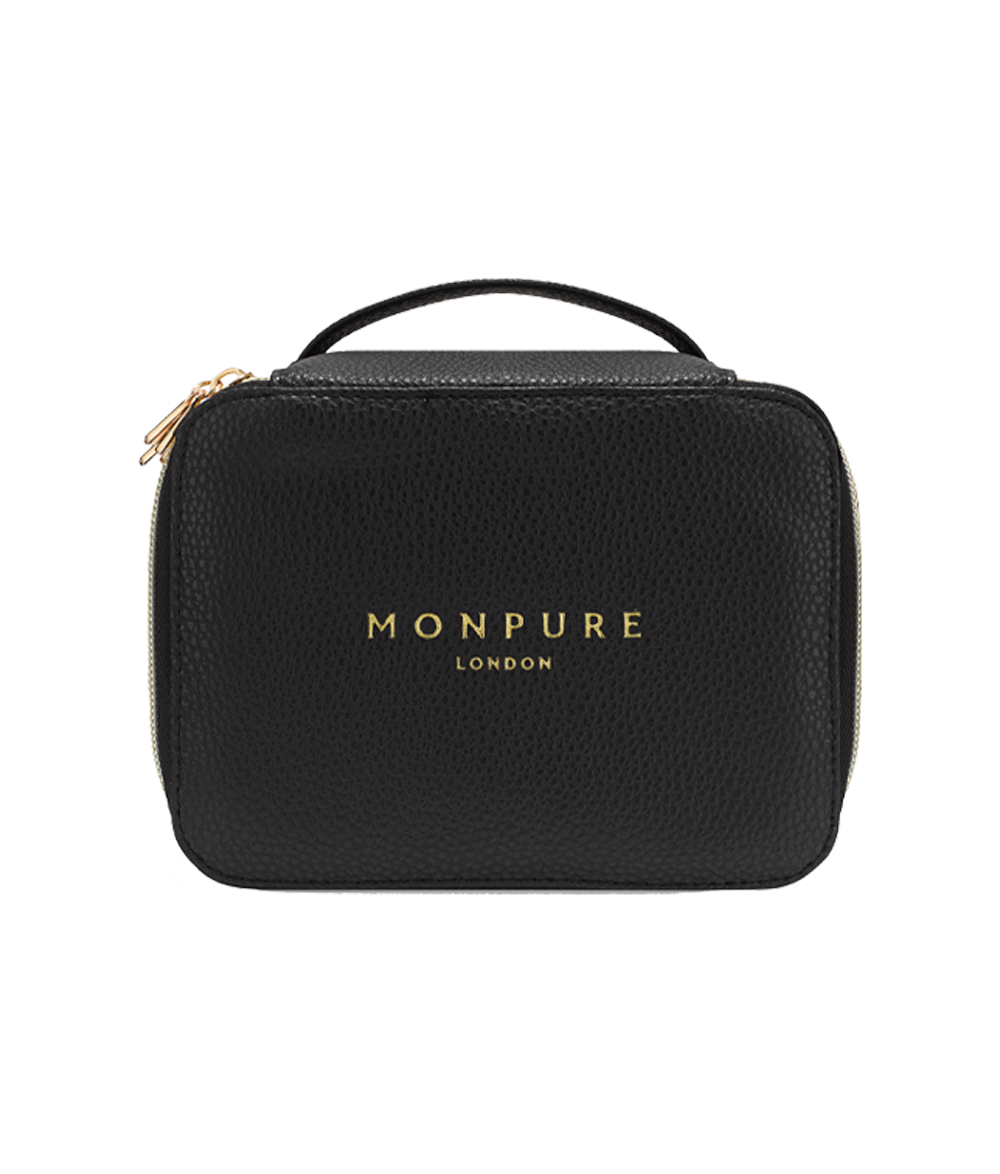How City Living Harms the Hair and Scalp
Did you know that living in an urban environment could be taking a toll on the condition and health of your hair and scalp? Just like the skin on your face, environmental aggressors such as pollution and UV rays can have a negative impact on the health of your hair and scalp, and may even lead to increased hair loss.
Damage induced by urban aggressors can hinder the protein content, surface quality, structural integrity and sensitivity of your hair and scalp, ultimately contributing to a range of scalp and hair concerns.
Before unpacking the various urban aggressors and their harmful effects on the hair and scalp, it is important to gain a better understanding of the hair’s structure and composition.
The Structure of Hair
Hair is composed of 95% keratin fibers, which are the protein building blocks that contribute to the flexibility, strength and overall health of hair. Hair is structured in three distinct layers:
-
The cuticle - the outermost layer of the hair strand, forming a protective shield to the inner layers of the hair. The cuticle provides the feel and appearance of the hair.
-
The cortex - the thickest hair layer that is located between the cuticle and medulla. The cortex contains the hair’s pigment, or melanin, which gives the hair its colour.
-
The medulla - the innermost layer of the hair strand that is only present in thicker hair types. The medulla consists of a thin core of transparent cells and air spaces.
The cuticle is the layer of the hair strand that is most subject to day-to-day abrasions, such as brushing, heat styling, UV radiation and pollution, causing the hair’s structure to gradually degrade.
The Impact of Pollution on Hair
Pollution, most abundantly found in urban environments, includes particulate matter (fragments of dust, soot and grime), as well gaseous pollutants. These pollutants bind to the hair’s surface, infiltrating the follicle and settling on the surface of the scalp. Severe air pollution can actually alter the condition of the cuticle, giving hair a rough, brittle and dull appearance.
A study conducted in 2019 found that hair fibers exposed to higher average pollutant concentrations experienced increased damage to the hair cuticle and cortex. As pollutants penetrate inside the hair fiber, they cause chemical damage to the cuticle and the keratin proteins that make up the hair.
When it comes to scalp health, pollution deposits can contribute to scalp itching, irritation, excess sebum production and dandruff, all of which can clog follicles, weakening the hair at the root and making it more susceptible to breakage and fallout.
The Impact of UV Rays on Hair
Both UVA and UVB sunlight radiation can be harmful to the hair and scalp. Research has shown that UVB can result in morphological damage, while UVA can result in chemical damage.
UVB Radiation
UVB radiation primarily attacks the melanin pigment and protein components of hair. UVB radiation can result in the breakdown of what are known as disulfide bonds, which are fundamental to the hair’s structural integrity. Disulfide bonds are the chemical bonds that hold together the hair’s protein structures.
This damage can result in the loss of tensile strength, increase the hair’s porosity and create irregularities on the hair’s surface.
UVA Radiation
Due to its longer wavelength, UVA radiation is capable of penetrating deep into the cuticle and cortex layers. UVA radiation is primarily responsible for colour changes in hair. Because melanin provides photoprotection, blonde and grey hair, which are low in melanin, are susceptible to more damage.
Overall, prolonged exposure to UV rays can deteriorate a fatty acid found on the surface of hair cuticles called 18-methyleicosanoic acid, which acts as a hydrophobic barrier that provides hair with softness and shine. It also diminishes the essential amino acids cysteine, tryptophan and tyrosine, which strengthen hair and contribute to healthy hair growth. These chemical changes manifest in brittle hair, loss of shine, surface friction, poor manageability, as well as loss of colour and tensile strength.
Combating Urban Aggressors
MONPURE’s results-driven range features an array of pioneering ingredients that have been scientifically proven to shield the hair and scalp from environmental aggressors, as well as combat the effects of these culprits.
Vegan Silk Proteins
Vegan silk proteins are a vegan alternative to silk peptides that deliver a physical and breathable “second-skin” to the hair and scalp. This delivers a robust barrier function against external aggressors. In fact, vegan silk peptides improve carbon particle removal up to 26%.
In the face of harmful UV rays, the significant protective properties of this ingredient also improves hair colour protection by 35%.
City living can often leave the hair brittle and dull. However, vegan silk peptides also improve the hair’s smoothness and shine, leaving it silky to the touch. This star ingredient can be found in abundance in our Strengthening Silk Protein Shampoo and Strengthening Essence-Conditioner, as this foundational pair will bolster the strength of the hair with every use.
MONPURE products are formulated with a potent percentage of vegan silk peptides, and we are one of the only scalp and haircare brands to include this groundbreaking ingredient in our formulations. Regularly using products with this ample dosage of vegan silk peptides will provide physical protection against an array of environmental aggressors, while rebuilding existing damage.
Vegan Keratin
As the building blocks of the hair strand, this hydrolyzed protein works to protect the scalp and hair from environmental aggressors by smoothing down the overlapping layers of the vulnerable cuticle. MONPURE’s vegan keratin, featuring hydrolyzed proteins derived from wheat, corn and soybeans, has an identical amino acid composition to human hair.
Its film-forming properties condition, moisturise and hydrate the scalp, while also leaving the hair smooth and silky to the touch. Vegan keratin also works to strengthen the bonds between follicles, allowing roots to grow stronger and reinforcing their structural integrity, which is often compromised by urban aggressors.
The Power of Antioxidants
Antioxidants function to protect the hair and scalp from harmful molecules called free radicals, which attack healthy tissue. Free radicals form when air pollution and UV radiation enter the body. Introducing a topical scalpcare product that is teeming with antioxidants is an effective way to arm your scalp against these environmental aggressors.
Our Nourish and Stimulate Scalp Mask’s hero ingredient, camellia tea oil, delivers an instant infusion of antioxidants and vitamins that work to neutralize the free radicals produced by the sun, ultimately providing protection and nourishment. Multiple recent studies have illustrated the effectiveness of camellia tea extract against urban air pollutants. For example, a study conducted in 2019 showed that this natural extract prevents air pollutant-induced skin aging, such as the degradation of collagen and other proteins.
Plus, many of MONPURE’s products are formulated with Vitamin C, an antioxidant which is shown to hold anti-pollution benefits and counteracts oxidative stress. A study conducted in 2019 investigating the use of topical Vitamin C amongst women living in high pollution urban areas found that Vitamin C improves the skin barrier function and reduces the skin’s oxidative stress.
City living and general environmental aggressor exposure can wreak serious havoc on the hair and scalp. With a focus on fostering scalp and hair health from within, MONPURE’s solutions work to create an eco-barrier on the surface of the hair and scalp to prevent the penetration and adhesion of pollutants and radiation, restore the integrity of the hair from the inside out, and cultivate the healthiest possible dermatological scalp condition.

